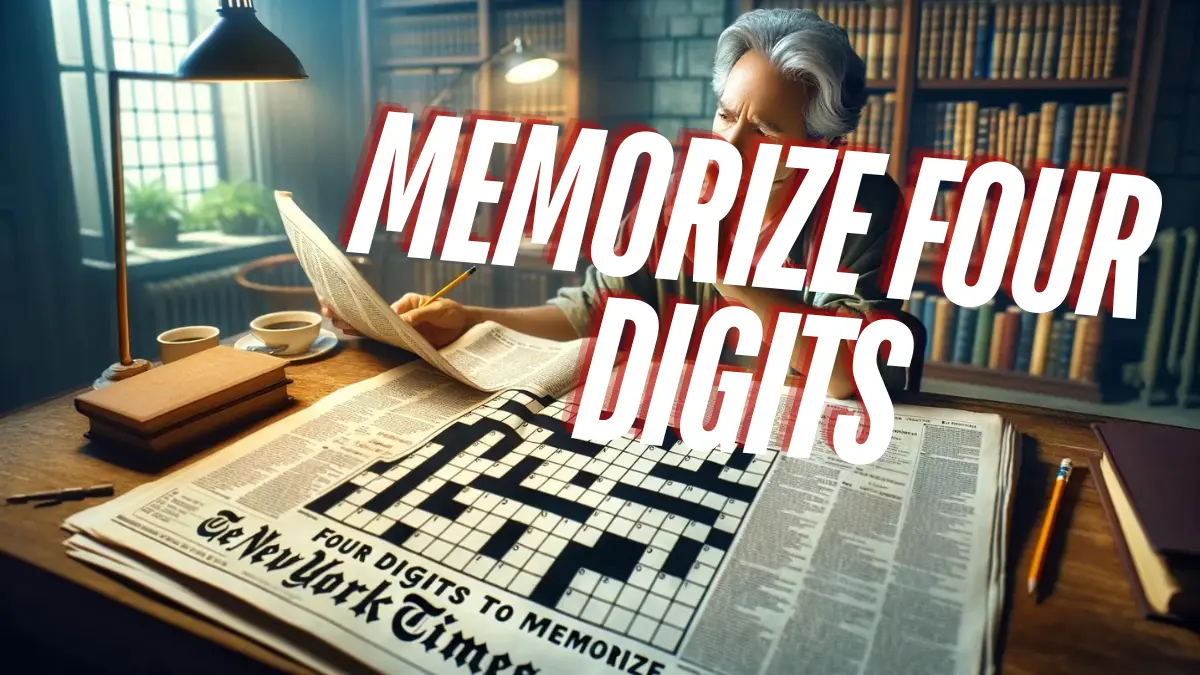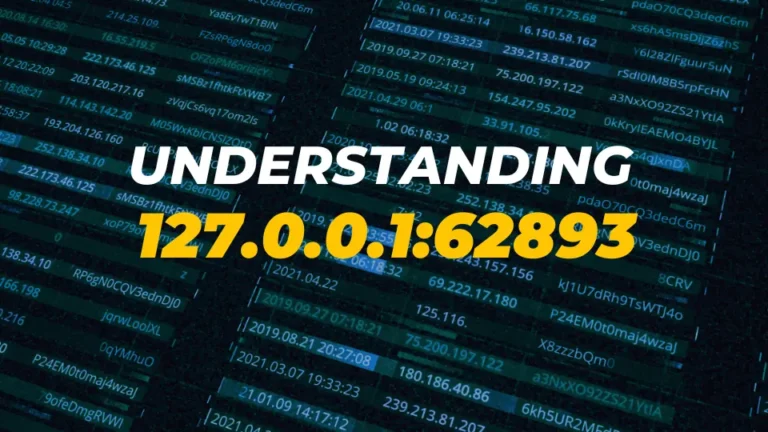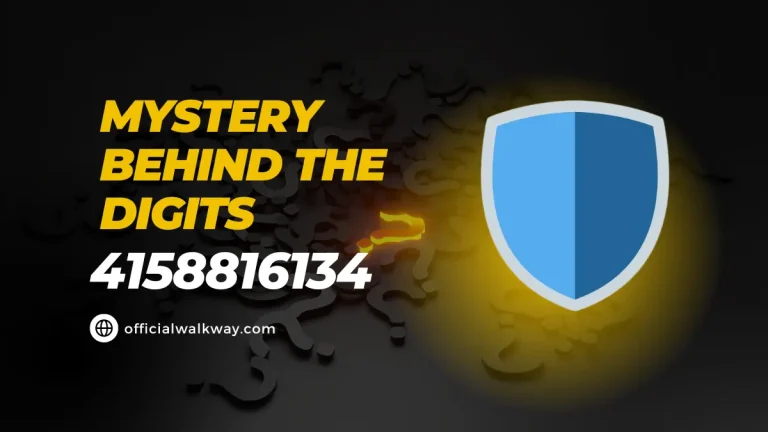Unlocking Memory Power: Four-Digit Mnemonics for NYT Readers

In today’s digital age, information comes at us from every direction. Therefore, recalling important information may take time. This is especially true for numbers, which can seem abstract and difficult to remember. However, numbers can be easily memorized with the right memorization technique.
Whether you’re a student or a professional who loves reading The New York Times, these strategies can make memorizing four-digit numbers simple and fun. By using mnemonics, you can enhance your memory skills and make sure important numbers stick with you, making your daily life easier and more organized.
Also Read: Tex9.net Nintendo Business Brilliance
The Magic in Memorizing Four-Digit Numbers
Mnemonics are memory aids that help us remember things by linking new information to something we already know. For example, to remember a list of numbers, we might turn each number into a picture or a word that’s easier to recall.
Our brains are great at recognizing patterns, so using mnemonics can turn tricky numbers into simple, memorable images. Memory is crucial to seeing the world, making choices, and doing things. Learning these memory tricks can boost your brainpower.
Creating Memorable Connections

Creating memorable connections can make it much easier to remember numbers. You can link each number from 0 to 9 with a vivid and memorable image or word. For example, you might think of a big, round sun for the number 0 or a tall, skinny tree for the number 1.
By imagining these pictures clearly in your mind, you can create a fun and unforgettable mental movie that helps you remember the digits. This way, when you see a number, you’ll instantly recall the picture you linked to it, making remembering numbers easy!
Using Mnemonics on NYT Content
When I read an article in The New York Times (NYT) that includes a four-digit number, like an important date or a big statistic, I use little memory tricks called mnemonics to help me remember it. The NYT is a trusted source for news and information, and it often uses numbers that are key to understanding the stories.
These numbers can be great practice for using mnemonic techniques, which are fun and easy ways to remember things. By turning the numbers into something memorable, I make sure they stick in my mind and don’t slip away.
Step-by-Step Guide to Memorizing Four-Digit Numbers
Step 1: Break Down the Number
Split the four-digit number into two parts. For example, 1234 split into 12 and 34. This makes it easier to handle.
Step 2: Create a Story
After breaking down the numbers, think of a fun story using split parts. For instance, for 12 and 34, imagine 12 cats playing with 34 balls. This helps you remember the number.
Step 3: Use Rhymes
Find words that rhyme with the numbers. For split numbers 12 and 34, you could use “elf” for 12 and “door” for 34. Imagine an elf opening a door.
Step 4: Visualize
Picture the story or rhymes in your head. Make it colorful and silly! The crazier the picture, the easier it is to remember.
Step 5: Repeat
Say the number and story out loud a few times. Repetition helps your brain hold onto the information.
Step 6: Practice
Write the number down and quiz yourself later. Check if you can remember the story and the number.
Step 7: Use Mnemonics
Create a short phrase or sentence where each word starts with the same letter as the digits. For 1234, it could be “One Two Cats Dance.”
Step 8: Teach a Friend
Explain the number and story to a friend or family member. Teaching others is a great way to reinforce your memory.
By following these steps, you’ll be a pro at memorizing four-digit numbers quickly!
Example 1: Presidential Election Statistics
Suppose you read an article about a historic presidential election where the winning candidate got 306 electoral votes. Here’s a fun and easy way to remember the number 306 using pictures:
- 3 (Butterfly): Imagine a beautiful butterfly fluttering through a campaign rally. The butterfly represents the number 3.
- 0 (Sun): Picture the bright sun shining over the rally. The sun stands for the number 0.
- 6 (Elephant): Visualize a big elephant, which can symbolize a political party, marching proudly through the rally. The elephant represents the number 6.
Combining these images can create a vivid mental picture: a butterfly fluttering at a rally under the bright sun while an elephant marches through. This helps you remember the number 306 and makes it easier to recall the presidential election statistics.
Example 2: Economic Data
Remembering economic data can be as easy as a day at the beach. Let’s break down the 4.5% GDP growth rate into a memorable image:
- Sailboat (4): Picture a sleek sailboat slicing through the waves of economic charts, representing 4 in 4.5%.
- Star (5): Imagine bright stars twinkling above those charts, symbolizing the growth brought by the 0.5%.
- Sun (0): Now, envision a radiant sun shining down, signifying positive economic trends.
- Sun (0): Double the sunshine, doubling the prosperity, like having two sunny days in a row.
So, picture this: a sailboat cruising through economic charts with stars above and two suns beaming down, representing a robust 4.5% growth rate. Easy to remember and understand!
Memorizing Techniques for Better Recall and Retention
You can use cool tricks called mnemonic techniques to remember things better, like numbers or facts. These tricks help your brain retain information by making it easier to remember. Imagine turning numbers into a catchy tune or making a fun story to remember facts.
Practicing these tricks makes them stick in your brain, like remembering your favorite song lyrics. So, next time you read something new, try using these tricks to remember it better!
Final Thoughts
Understanding how to memorize four-digit numbers using mnemonic strategies can enhance your ability to maintain information from sources like The New York Times. By employing techniques such as visualization and storytelling, you can transform the process of memorization into an enjoyable and effective exercise. Embracing these methods unlocks the true potential of your memory, allowing you to navigate information overload with confidence and cognitive prowess.






